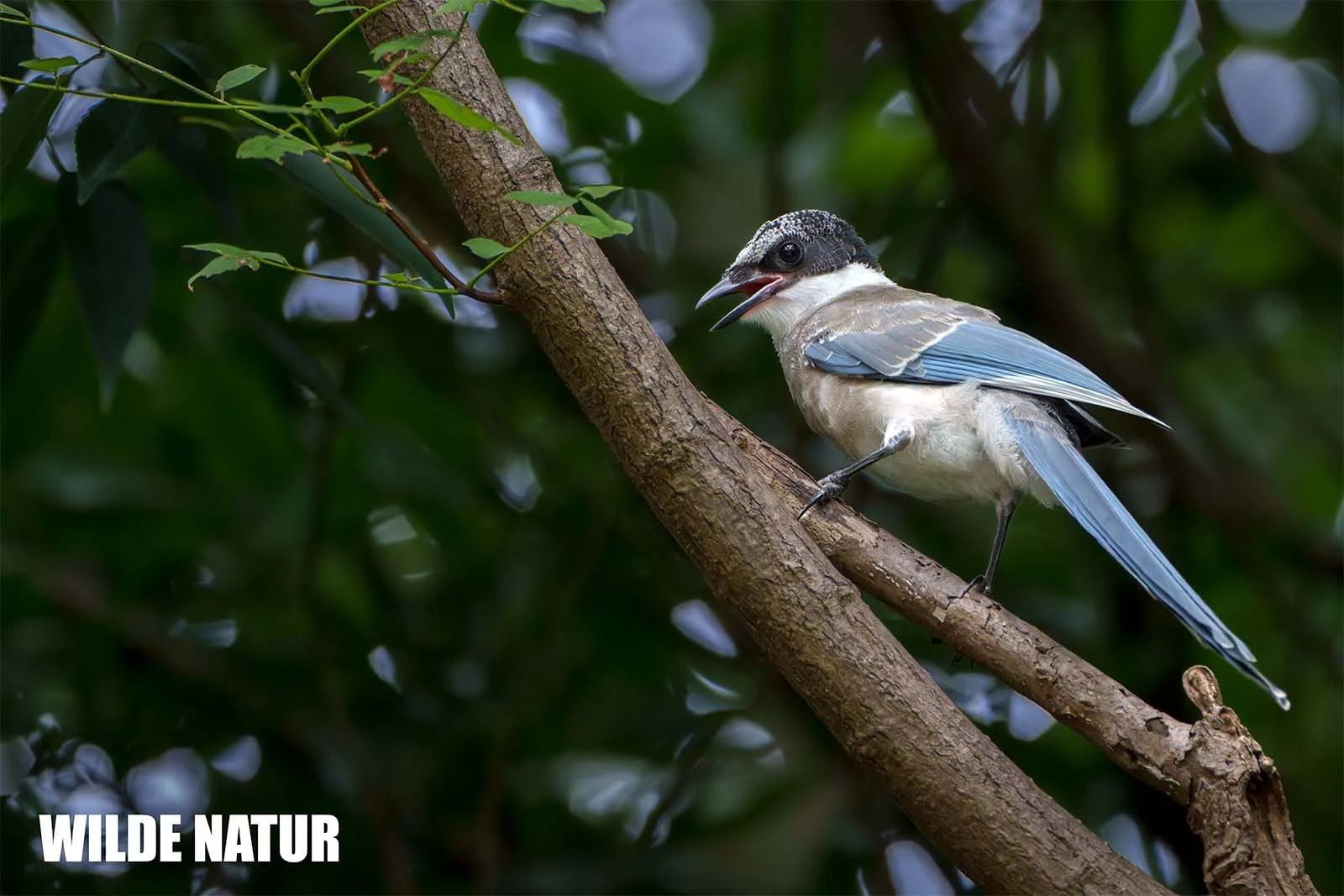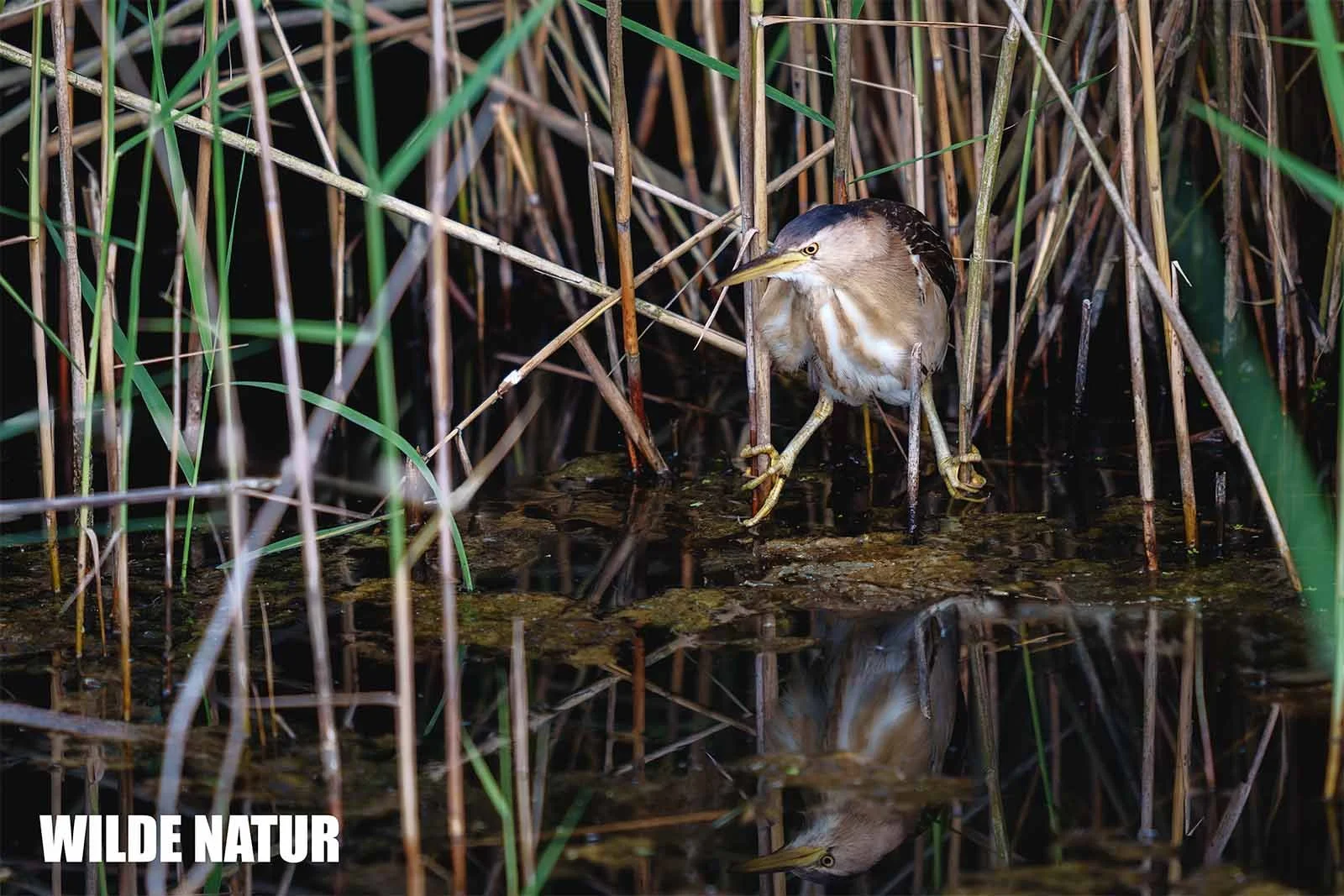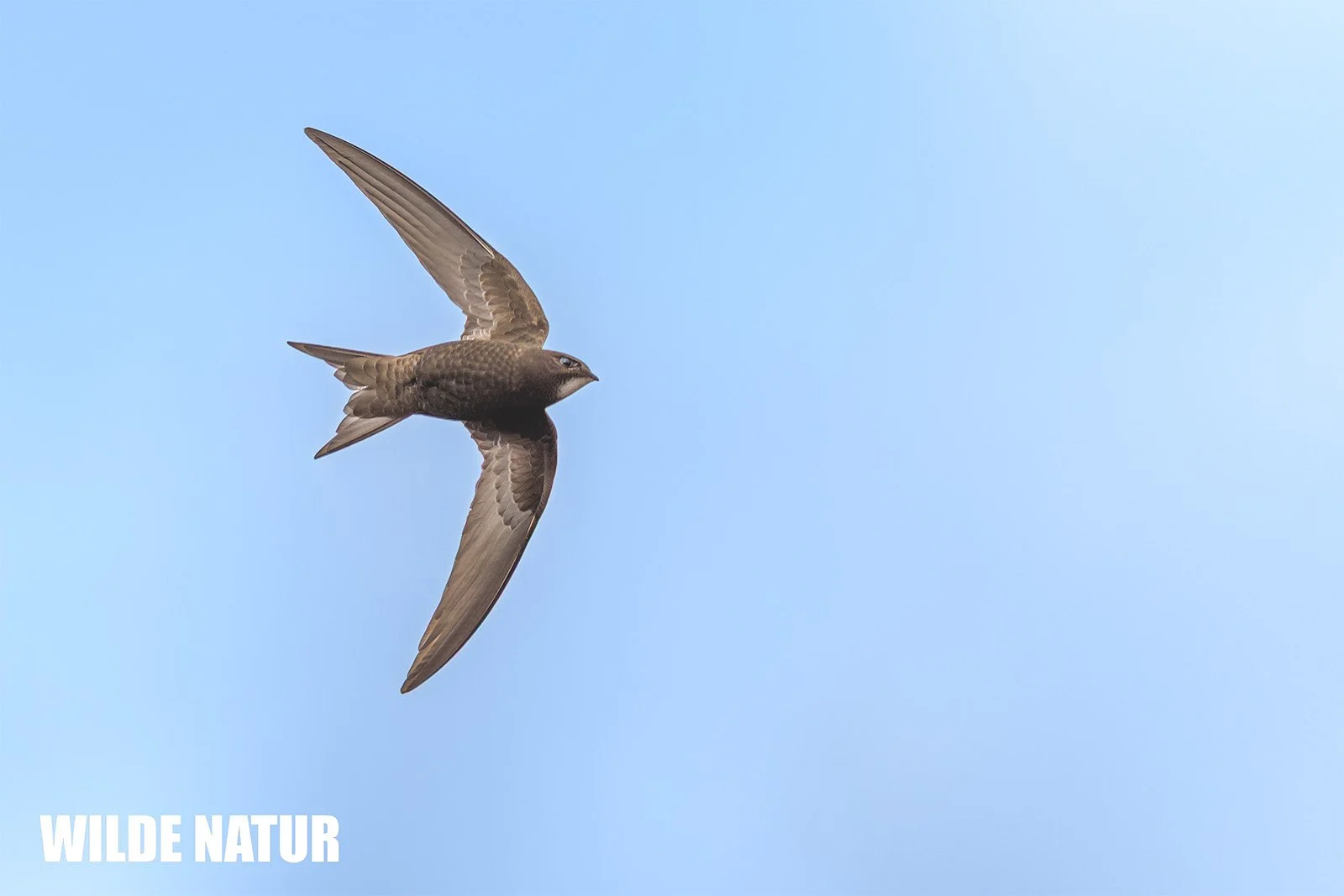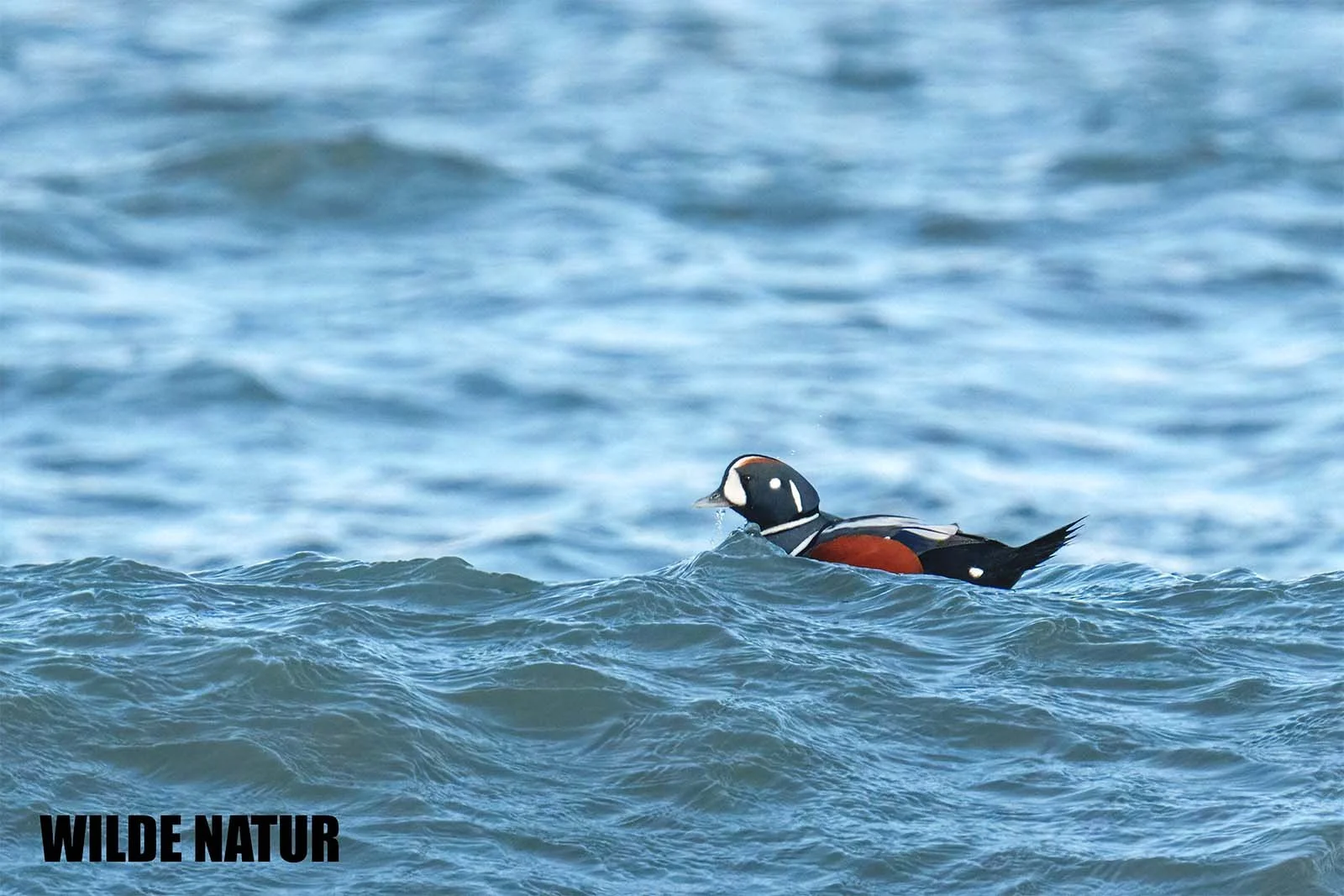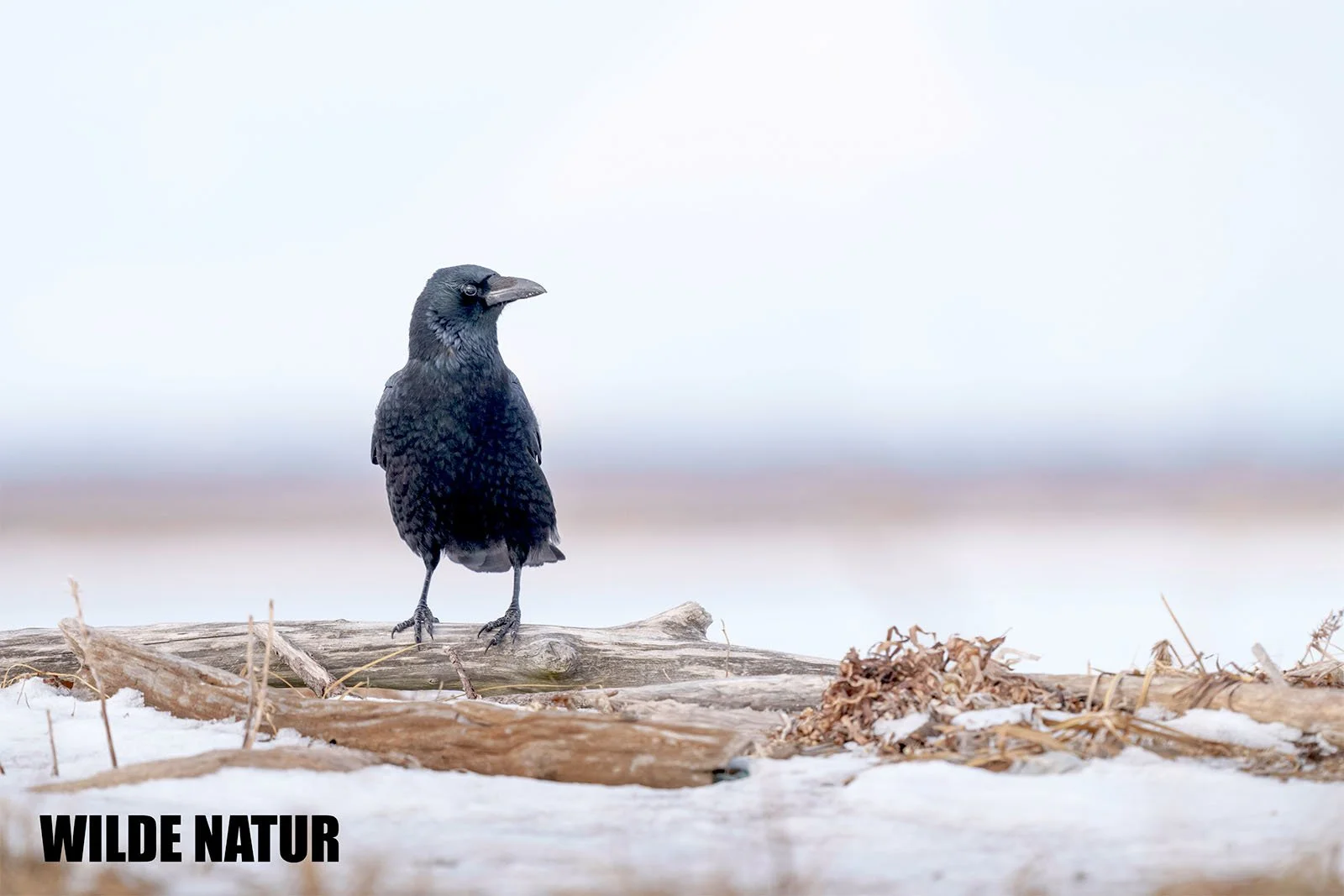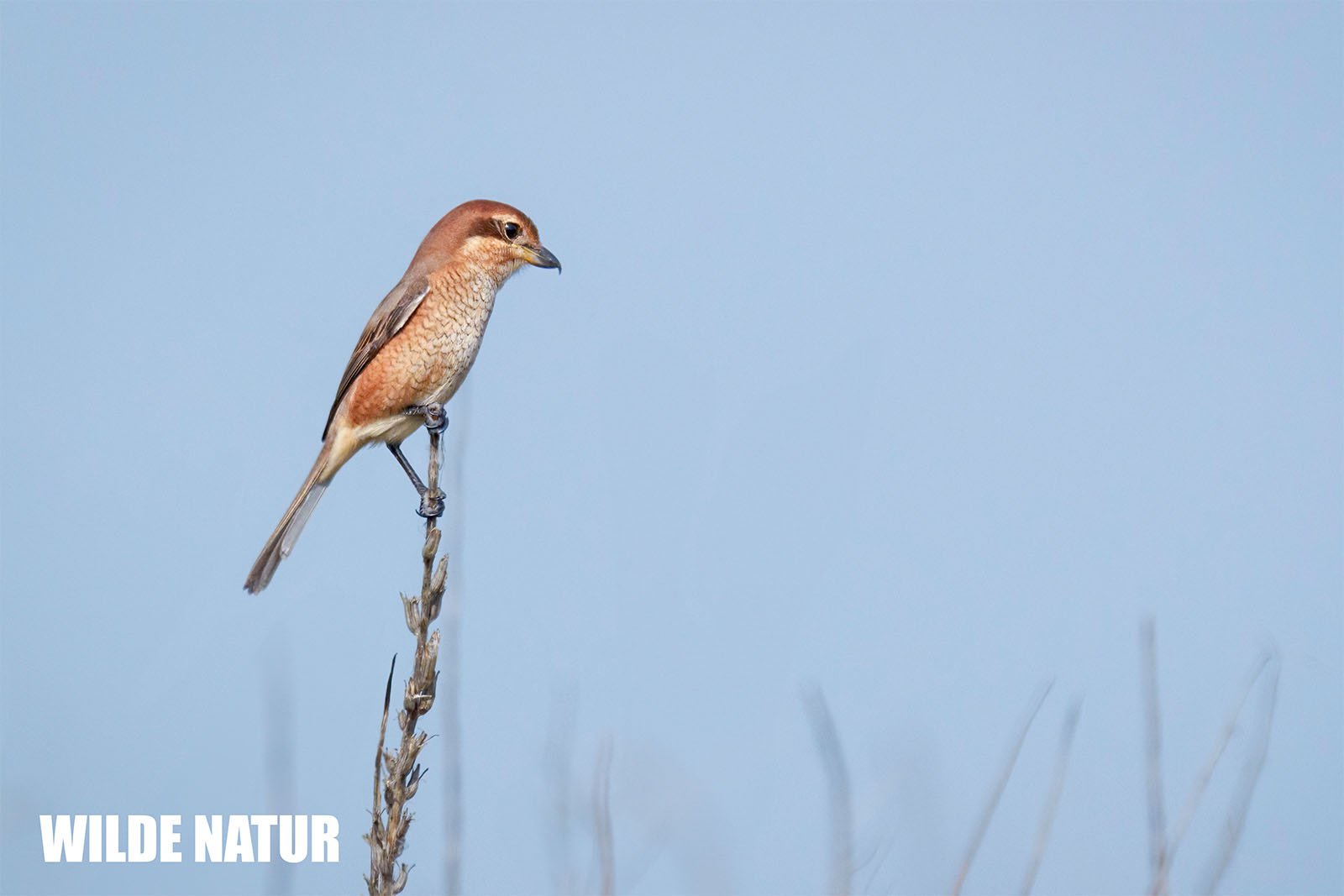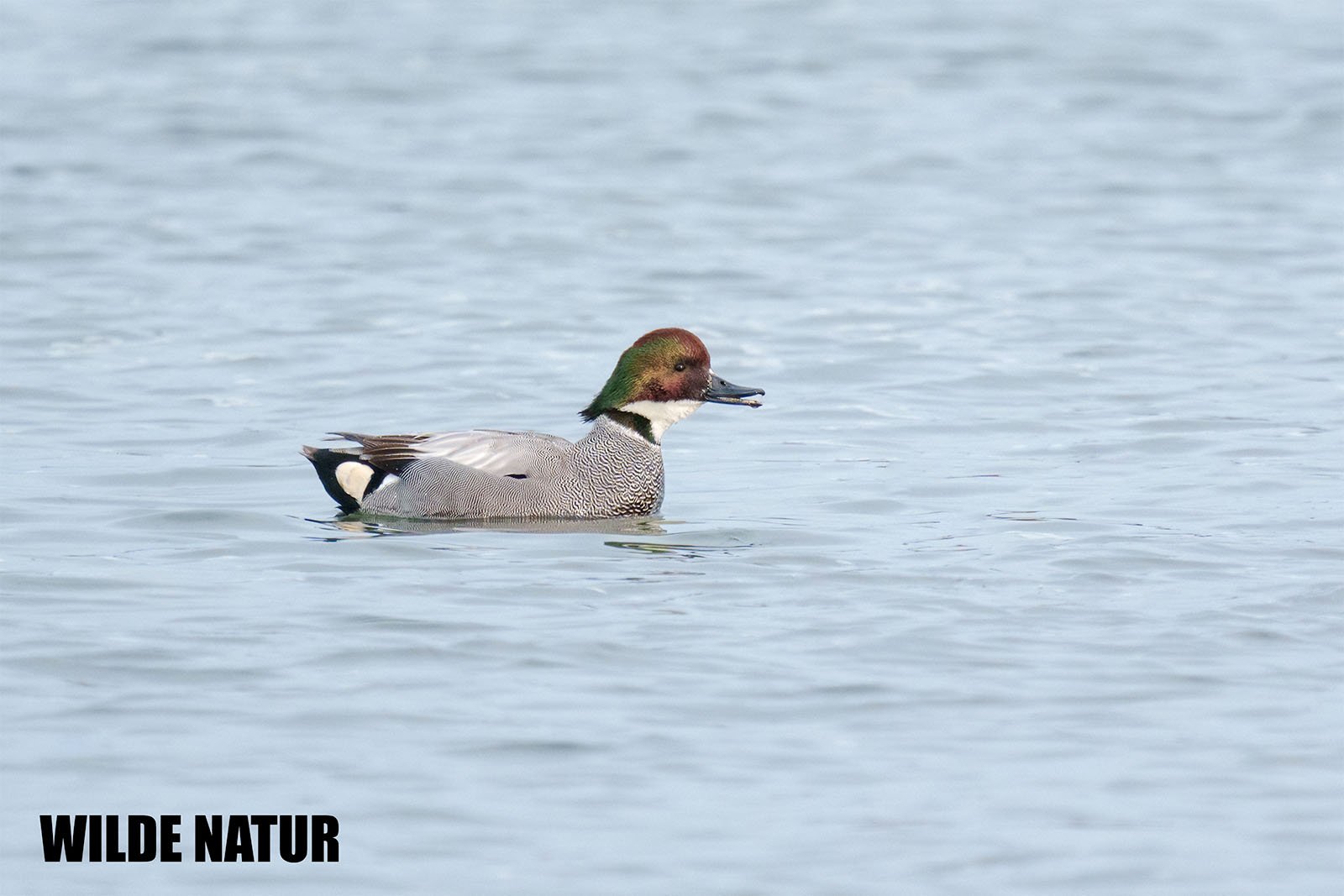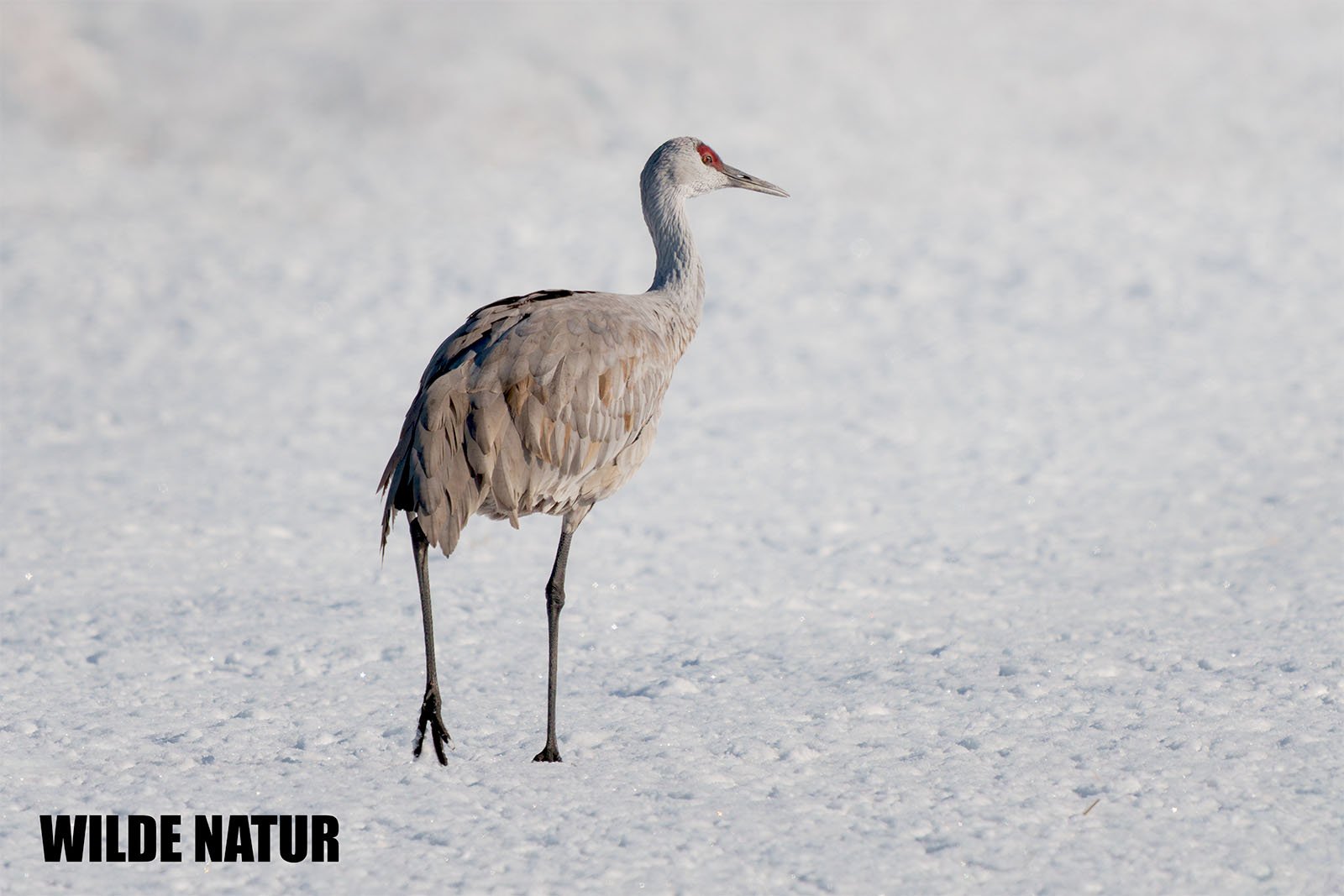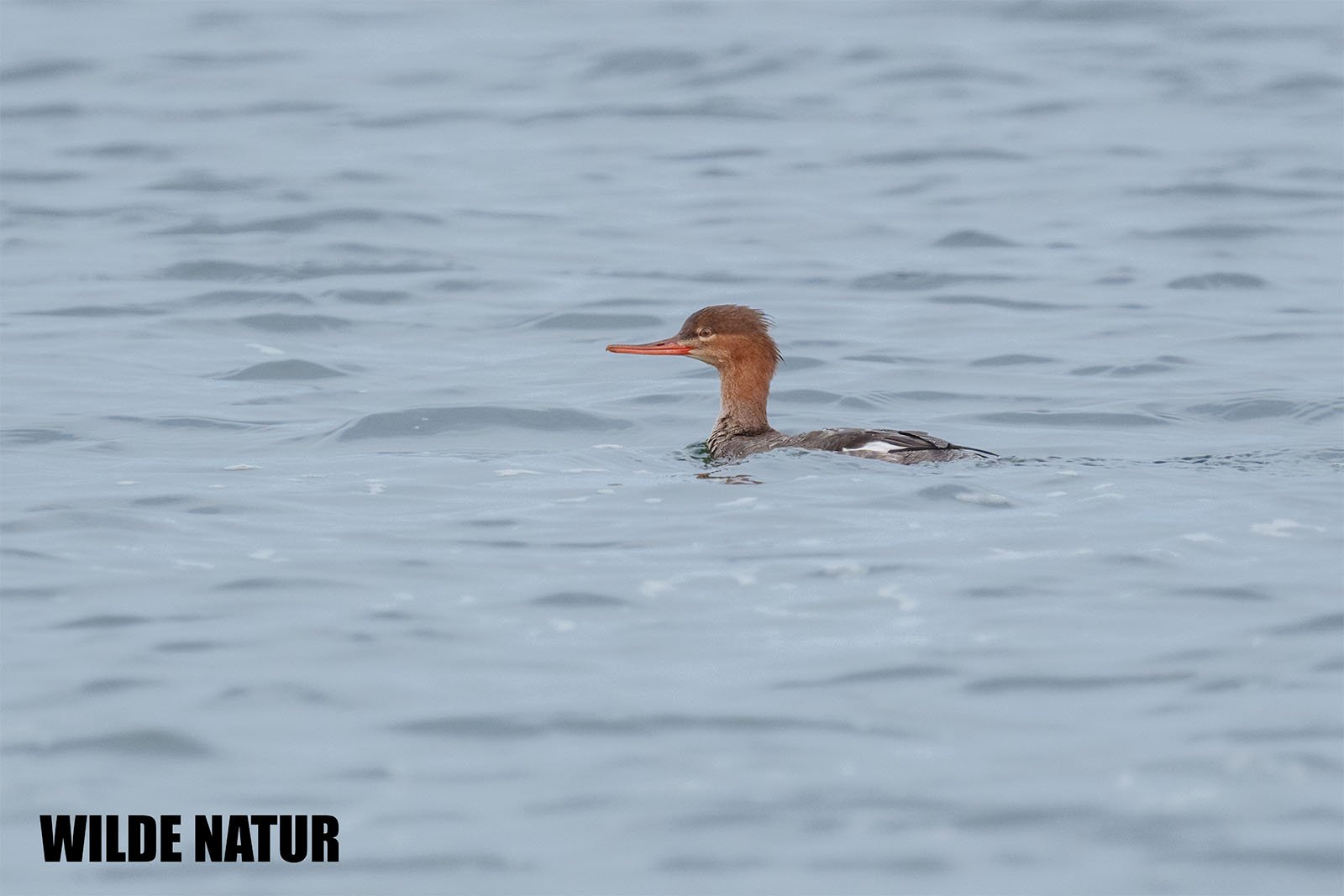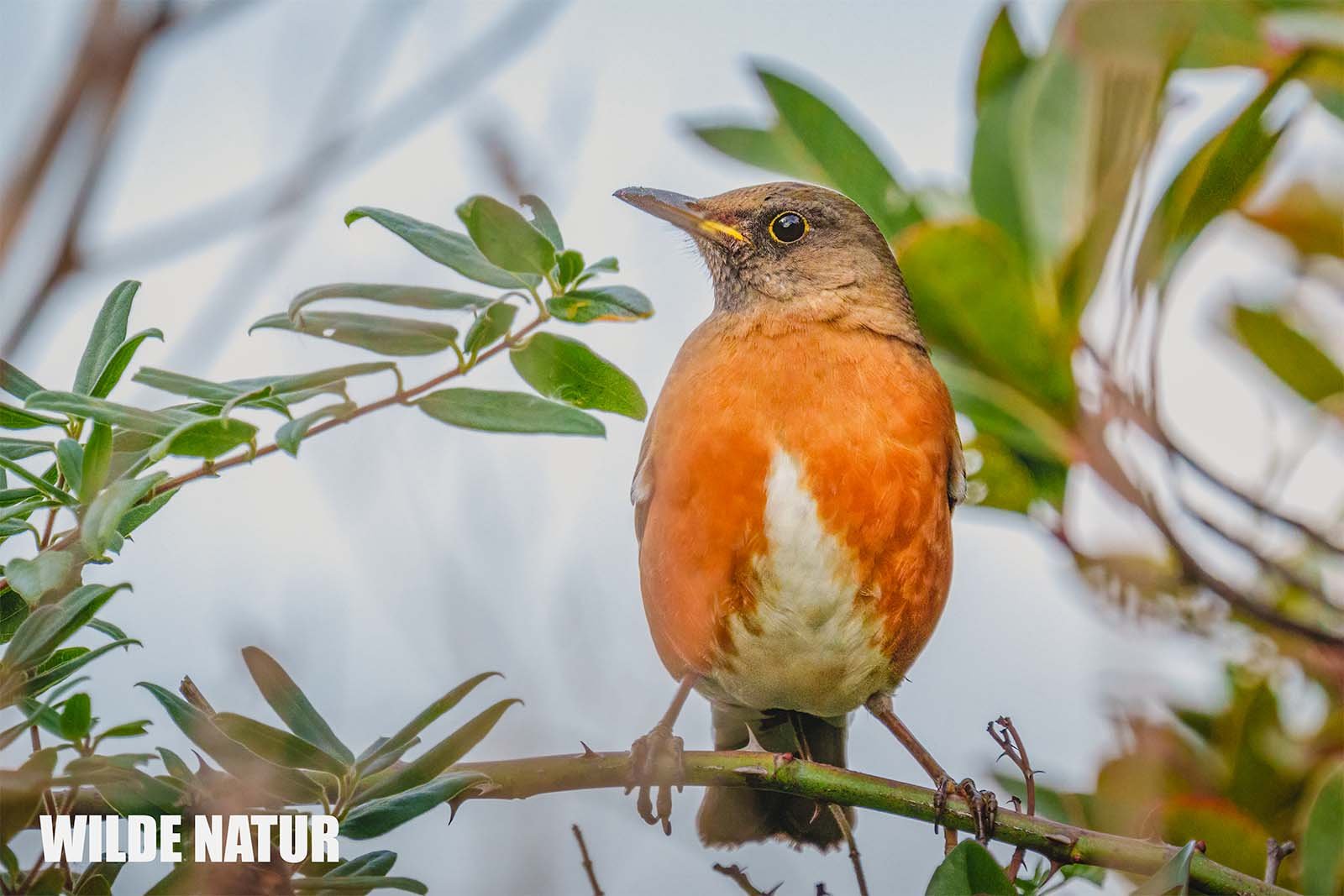Chaffinch (Fringilla coelebs)
Chaffinch (Fringilla coelebs)
The colorful chaffinch is not a bookworm
The Common Chaffinch is one of the most widespread songbirds in Europe, recognized for its distinctive song and the striking plumage of the males. It is commonly found in forests, parks, and gardens, making it an easy bird to observe.
Table of Contents
- Key Facts
- Appearance and Features
- Habitat and Distribution
- Breeding & Nesting
- Diet & Feeding Habits
- Shortlist – All Key Facts at a Glance
- FAQ – Frequently Asked Questions
- Conclusion
1. Key Facts
- Size: 14–16 cm
- Features: Two distinctive white wing bars, white tail edges, robust body
- Habitat: Various forests, parks, gardens, and tree clusters—even in cities
- Breeding: The female builds a well-camouflaged cup-shaped nest using moss and lichen
- Diet: Seeds, grains, fruits, as well as insects and spiders
2. Appearance and Features
The Common Chaffinch is a medium-sized songbird with a compact body. Its most notable features are the two white wing bars and white tail edges, which are particularly visible in flight.
Male (Breeding Plumage)
- Crown and nape: Bluish-gray
- Cheeks & breast: Reddish-brown
- Shoulder patch: Bright white
- Back: Brown to olive-green
Female & Juveniles
- Less vibrant, with brownish-gray plumage and a plain light-gray belly
Flight Pattern
- Chaffinches often move on the ground in jerky, hopping steps
3. Habitat & Distribution
The Common Chaffinch is highly adaptable and found in a variety of environments:
- All types of forests (deciduous, mixed, and coniferous)
- Parks, gardens & hedgerows, even in urban areas
- Mountainous regions up to the tree line
In winter, many chaffinches are partial migrants—some remain in Central Europe, while others migrate to warmer areas.
4. Breeding & Nesting
- Nest construction: The female builds a well-camouflaged, cup-shaped nest using moss, lichen, and spider webs.
- Location: Usually in a fork of branches in bushes or trees.
- Chicks: The clutch consists of several eggs, incubated solely by the female.
5. Diet & Feeding Habits
The chaffinch has a varied diet that changes with the seasons:
- Summer: Insects, spiders—essential for feeding young chicks
- Winter: Seeds, grains, fruits
6. Shortlist – All Key Facts at a Glance
- Size: 14–16 cm
- Wing Features: White wing bars & tail edges
- Habitat: Forests, parks, gardens, up to the tree line
- Nest: Well-camouflaged cup-shaped nest made of moss & lichen
- Diet: Seeds, grains, fruits, insects & spiders
- Special Feature: Males display vibrant breeding plumage in spring
7. FAQ – Frequently Asked Questions
How can you distinguish the Common Chaffinch from the Brambling?
The Brambling has a darker head and an orange breast, whereas the Chaffinch has a reddish-brown breast and a bluish-gray head (males).
Why do chaffinches seem less common in winter?
Many chaffinches in Central Europe migrate to warmer regions in winter. Females tend to migrate more frequently than males, which is why more males remain in winter territories.
Can the Common Chaffinch mimic other birds?
No, but it has a very diverse repertoire of songs that can vary depending on the region.
How long do chaffinches live?
In the wild, Common Chaffinches can live 5–10 years.
Is the Common Chaffinch protected in Germany?
Yes, the Common Chaffinch is protected under German nature conservation laws and must not be captured or disturbed.
8. Conclusion
The Common Chaffinch is a widespread songbird known for its striking plumage and melodic song. Its ability to adapt to various habitats makes it one of the most common birds in Europe. A particularly fascinating aspect is its intricately built and well-camouflaged nest.
While the male appears vibrant in spring, the female remains more inconspicuous year-round.
Tip for birdwatchers: To spot a chaffinch, listen for its distinctive song—often sung from high tree branches in loud, repetitive phrases.



